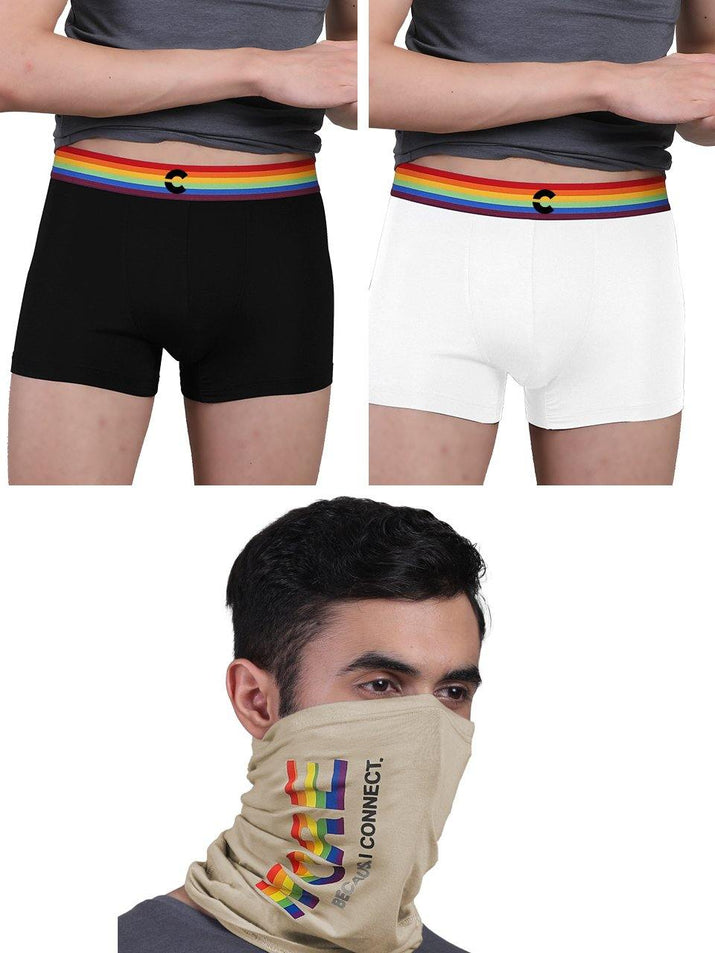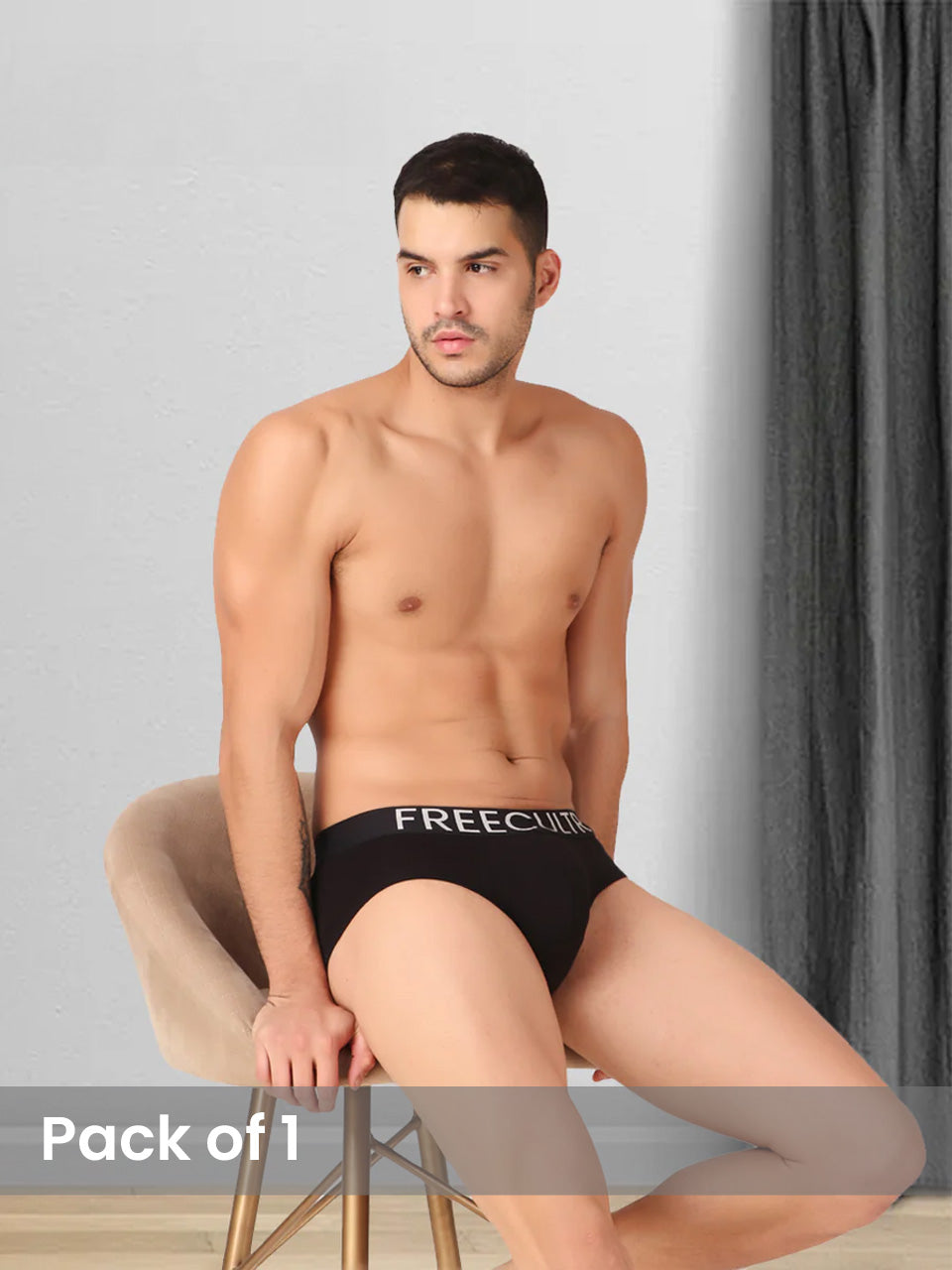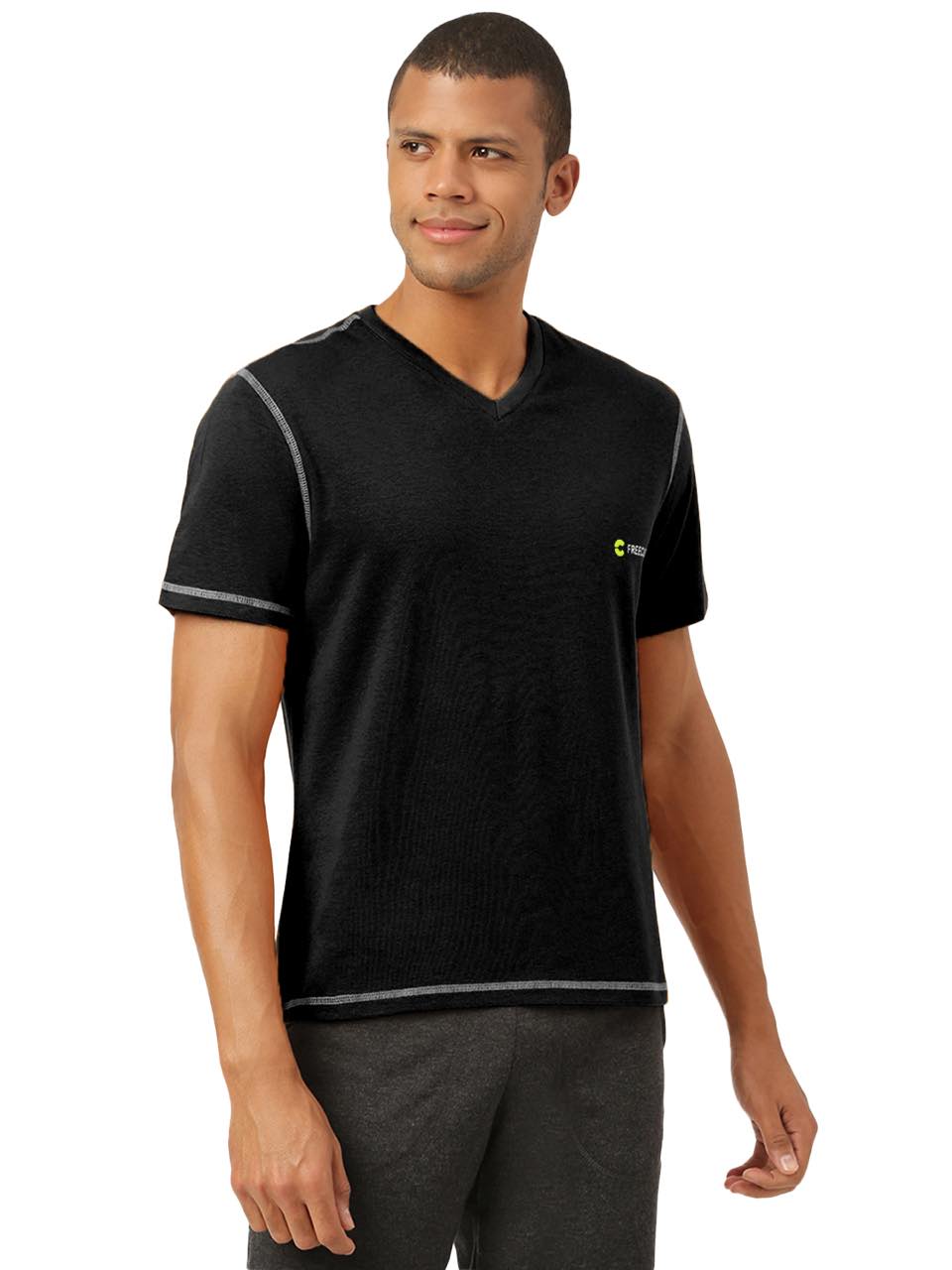More than a mere square of fabric, the bandana represents a fascinating convergence of practical utility and expressive style. Historically a robust workwear staple, shielding cowboys from dust and sun, this incredibly versatile accessory now commands attention on high fashion runways and in global streetwear scenes, showcasing its remarkable adaptability. Contemporary designers frequently reinterpret its classic paisley and graphic motifs, while recent developments introduce sustainable materials, including organic cotton and recycled blends, broadening its appeal. Whether deployed as a functional sweatband, an impromptu face covering, a chic necktie, or a vibrant hair accessory, the bandana consistently transcends its simple origins, proving itself an enduring icon that effortlessly elevates personal expression and fulfills diverse everyday needs.

The Enduring Appeal of the Bandana
The bandana, a seemingly simple square of cloth, boasts a remarkable history and an undeniable versatility that transcends mere fashion. From its humble origins to its current status as a global style icon and practical tool, the bandana has proven its enduring appeal across cultures, generations. Diverse applications. More than just an accessory, a bandana can be a statement piece, a functional aid, or even a symbol of identity. Its adaptability lies in its straightforward design, typically a square of fabric, most commonly cotton, with a variety of patterns and colors. This foundational simplicity allows for an extraordinary range of uses, making the bandana a staple in wardrobes and utility kits worldwide.
A Rich Tapestry of History and Symbolism
The history of the bandana is as colorful and varied as its patterns. The term "bandana" itself is believed to originate from the Hindi word "bandhnu," referring to a tie-dyeing technique, highlighting its Indian roots. Early uses of the bandana were largely practical, serving as head coverings to protect from sun and dust, or as sweatbands for laborers. As trade routes expanded, the bandana traveled globally, adapting to local customs and needs. In the American West, cowboys famously adopted the bandana for protection against dust storms and as a makeshift filter. During the World Wars, bandanas were issued to soldiers for various utilitarian purposes, from carrying essentials to signaling. The 20th century saw the bandana evolve into a powerful symbol of various subcultures and movements, from the counter-culture of the 1960s to specific gang affiliations, demonstrating its capacity to convey identity and allegiance without uttering a single word. This deep historical context imbues each bandana with a narrative, connecting the wearer to a lineage of practicality and expression.
Fashionable Flourish: Styling Your Bandana
In the realm of fashion, the bandana is a chameleon, capable of transforming an outfit with minimal effort. Its appeal lies in its ability to add a pop of color, texture, or a touch of retro flair. Here are some popular and versatile ways to incorporate a bandana into your style:
- Headband Perhaps the most classic way to wear a bandana, it can be folded into a narrow strip and tied around the head to keep hair out of the face or simply for a stylish accent. This method is particularly popular for active individuals or those seeking a vintage aesthetic.
- Neck Scarf Tying a bandana loosely around the neck adds a casual yet chic touch. It can be worn as a full square, folded into a triangle, or rolled into a narrow band, offering different levels of coverage and style. This is a common choice for adding a dash of personality to a simple shirt.
- Wrist Accessory For a subtle statement, a bandana can be folded and tied around the wrist, serving as a unique bracelet. This small detail can tie together an outfit's color scheme or add an unexpected element.
- Bag Embellishment A bandana can breathe new life into an old handbag or backpack. Tying it around a strap or handle adds a personalized, artistic touch, making your accessory stand out.
- Hair Accessory Beyond a simple headband, a bandana can be woven into braids, used to tie a ponytail, or wrapped around a bun, providing a creative and often bohemian touch to hairstyles.
- Belt Substitute For a relaxed, bohemian look, a longer bandana can be threaded through belt loops, adding color and an unconventional flair to jeans or shorts.
The beauty of the bandana as a fashion item is its gender-neutral appeal and its adaptability to almost any personal style, from rugged outdoorsy to urban chic.
Beyond Aesthetics: Practical Applications of the Bandana
While its fashion credentials are undeniable, the bandana truly shines in its practical applications. Its simple design belies an incredible utility, making it an indispensable item for adventurers, workers. Everyday individuals. Here are some real-world use cases where a bandana proves invaluable:
- Personal Hygiene and First Aid
- Sweatband Easily absorbs sweat from the forehead and neck, keeping you cool and comfortable during physical activity.
- Dust Mask/Face Covering In dusty environments or during pandemics, a bandana can be folded and tied over the mouth and nose to provide a basic barrier against airborne particles or as an emergency face covering.
- Makeshift Bandage/Tourniquet In a pinch, a clean bandana can be used to cover a wound, apply pressure, or even as a temporary tourniquet in emergency first aid situations.
- Filter Folded multiple times, a bandana can serve as a rudimentary filter for debris in water, though it won't purify it.
- Survival and Outdoor Uses
- Signaling Device A brightly colored bandana can be waved to attract attention in an emergency.
- Sun Protection Tied over the head or neck, it provides essential protection from harmful UV rays, preventing sunburn and heatstroke.
- Pot Holder/Hot Pad When camping, a folded bandana can protect hands from hot cooking utensils.
- Cordage/Rope While not as strong as rope, a bandana can be torn into strips and braided to create a temporary cord for small tasks.
- Water Carrier In desperate situations, a bandana can be soaked in water and wrung out to provide temporary hydration.
- Everyday Convenience
- Eyeglass Cleaner A soft cotton bandana can gently clean smudges from glasses or device screens.
- Napkin/Towel A reusable and washable alternative to paper napkins or a small towel for quick clean-ups.
- Bundle Carrier Small items can be wrapped and secured in a bandana for easy transport.
A personal anecdote from a seasoned hiker often highlights carrying multiple bandanas: "You never know when you'll need one for a sudden nosebleed, to filter stream water, or even as a makeshift sling for a sprained arm. My bandana has been a constant companion, far more useful than its size suggests." This sentiment underscores the bandana's role as a minimalist's multi-tool.
Choosing Your Bandana: Material, Size. Pattern
Selecting the right bandana involves considering a few key factors that influence its comfort, durability. Suitability for various uses.
- Material
- Cotton The most common and popular choice due to its softness, breathability, absorbency. Durability. Cotton bandanas are comfortable against the skin and easy to wash.
- Polyester/Blends Offer quick-drying properties and often more vibrant, fade-resistant prints. They might be less breathable than pure cotton but are good for active use where quick drying is essential.
- Silk A luxurious option, silk bandanas are soft, smooth. Have a beautiful drape, making them ideal for fashion purposes. Less practical for heavy-duty utilitarian uses due to their delicate nature.
- Size
- The standard bandana size is typically 20x20 inches or 22x22 inches. This size is highly versatile for most common uses like headbands, neckties, or wrist wraps.
- Larger bandanas (e. G. , 27x27 inches or even larger) offer more coverage and are ideal for more extensive head coverings, wraps, or for uses requiring more fabric, such as a makeshift sling or a larger dust mask.
- Smaller bandanas might be available but are generally less versatile for practical applications.
- Pattern and Color
- Paisley The iconic teardrop-shaped motif is synonymous with the bandana and remains a timeless classic.
- Solid Colors Offer simplicity and allow for easy coordination with various outfits.
- Novelty Prints From abstract designs to themed patterns, these allow for personal expression.
- High-Visibility Colors For outdoor activities or safety, bright oranges, yellows, or neon colors are practical choices.
When purchasing a bandana, consider its primary intended use. A soft cotton bandana is excellent for everyday wear and general utility, while a synthetic blend might be better for high-intensity outdoor activities.
Caring for Your Bandana
Maintaining your bandana is straightforward, ensuring its longevity and continued utility. Most cotton bandanas can be machine washed with like colors in cold water and tumble dried on low heat. For silk or delicate blends, hand washing and air drying are recommended to preserve the fabric's integrity and vibrant colors. Regular washing is essential, especially if the bandana is used for practical purposes like absorbing sweat or as a face covering, to ensure hygiene and prevent odors. A well-cared-for bandana will continue to serve you faithfully, whether as a fashionable accessory or a reliable tool.
Conclusion
The humble bandana, far from being just a simple fabric square, truly stands as a testament to versatile style and ingenious practicality. Its enduring appeal lies in its chameleon-like ability to adapt, whether as a chic neck scarf adding a touch of 'quiet luxury' to a blazer, or a functional head wrap keeping sweat at bay during a high-intensity workout. I often find myself reaching for a vibrant paisley bandana to instantly elevate a plain white tee; it’s my secret weapon for a casual yet put-together look, a quick trick I picked up from seeing its effortless integration into current streetwear trends. Embrace this timeless accessory and discover your own unique ways to incorporate it. Perhaps you’ll use it to personalize a plain tote bag, a recent development I’ve seen gaining traction for sustainable fashion, or maybe as a wrist accent for a festival vibe. The key is to experiment; there are no wrong answers with a bandana. So go ahead, unleash your creativity and let this small piece of fabric make a big statement.More Articles
Men's Bandana – Stylish Accessory & Practical FunctionalitySling Bag – Hands-Free Convenience & Urban Style
Men's T-Shirt – Classic Comfort & Effortless Style
Sleeves – Enhanced Performance & UV Protection
Tank Top – Breathable Design & Layering Essential
FAQs
What exactly is a bandana?
A bandana is essentially a square piece of cloth, typically made from cotton. It's known for its versatility and often features a printed pattern, with the paisley design being the most famous.
How do people usually wear these things for fashion?
There are tons of stylish ways! You can fold it into a headband, tie it around your neck like a scarf, wrap it around your wrist as an accessory, or even use it to add a pop of color to a handbag. It's all about personal flair.
Are bandanas just for looks, or do they have practical uses too?
Definitely not just for looks! Bandanas are surprisingly practical. They can soak up sweat, protect your hair from dust or sun, keep your neck warm, or even serve as a makeshift face covering. They're incredibly versatile.
What kind of fabric are bandanas typically made from?
Most commonly, bandanas are made from cotton because it's soft, breathable. Absorbent. You might also find them in blends or other lightweight fabrics. Cotton is the classic choice for comfort and durability.
How do I keep my bandana clean? Is it complicated?
Not at all! Most bandanas are machine washable. Just toss it in with your regular laundry on a cool or warm cycle, then tumble dry low or air dry. It's super easy to care for.
Can kids wear bandanas too, or are they more for adults?
Absolutely! Bandanas are great for kids too. They can wear them to keep hair out of their face during play, as a fun accessory, or even for sun protection. Just make sure it's tied safely and comfortably for them.
Why do so many bandanas have that swirly pattern? What's it called?
That distinctive swirly pattern is called paisley! It's a super iconic design with a long history, originating from Persia. While you can find bandanas in many other prints and solid colors, paisley remains the most recognizable and classic pattern.






